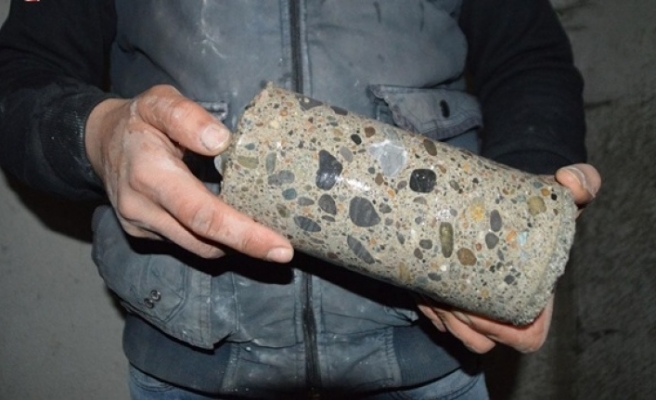Those who wonder if the building and house they live in are earthquake resistant, wonder where the building earthquake resistance test is done. So where is the building earthquake resistance test done?
As everyone knows, you have the opportunity to quickly and easily find out whether the building is safe or not, with the renewed active fault lines map put into service within the General Directorate of Mineral Research and Exploration (MTA) and the Disaster and Emergency Management Presidency (AFAD).
HOW TO DO THE BUILDING EARTHQUAKE TEST?
Risky structures are determined by organizations, municipalities and private institutions licensed by the Ministry of Environment and Urbanization.
If you see your house as risky, you should call a specialist.
After the inspection procedures, the incoming people start an application based on the building’s carrier system.
The general condition of the building, the analysis of the ground, the proximity of the building to the fault lines are examined in detail.
Finally, the core and parts are taken from the building and the examination is started. You will receive the risk report in a short time.
WHAT ARE EARTHQUAKE RESISTANT HOUSE FEATURES?
The first thing to check for an earthquake resistant house is the quality of the materials used in the construction of the building.
No expense should be spared in the construction of the building, and the highest quality materials should be used, taking into account human life.
Iron and construction materials should be chosen strong, durable and of good quality. The ground on which the building will be built should be analyzed well and a construction should be started accordingly.
Less-story buildings should be built in more risky areas, and special attention should be paid to columns and beams.
WHERE SHOULD WE LOOK AT TO KNOW IF THE HOUSE IS EARTHQUAKE RESISTANT?
The places you can check at home before calling the experts are as follows;
Columns and beams: Check for cracks. If there is a missing or cut colon, a specialist should be called.
Floors: Structures with hard and stone floors are resistant to earthquakes. Buildings built in ponds, filled areas or muddy areas are risky.
Walls: Check for cracks, thinness of the wall and distortions.





